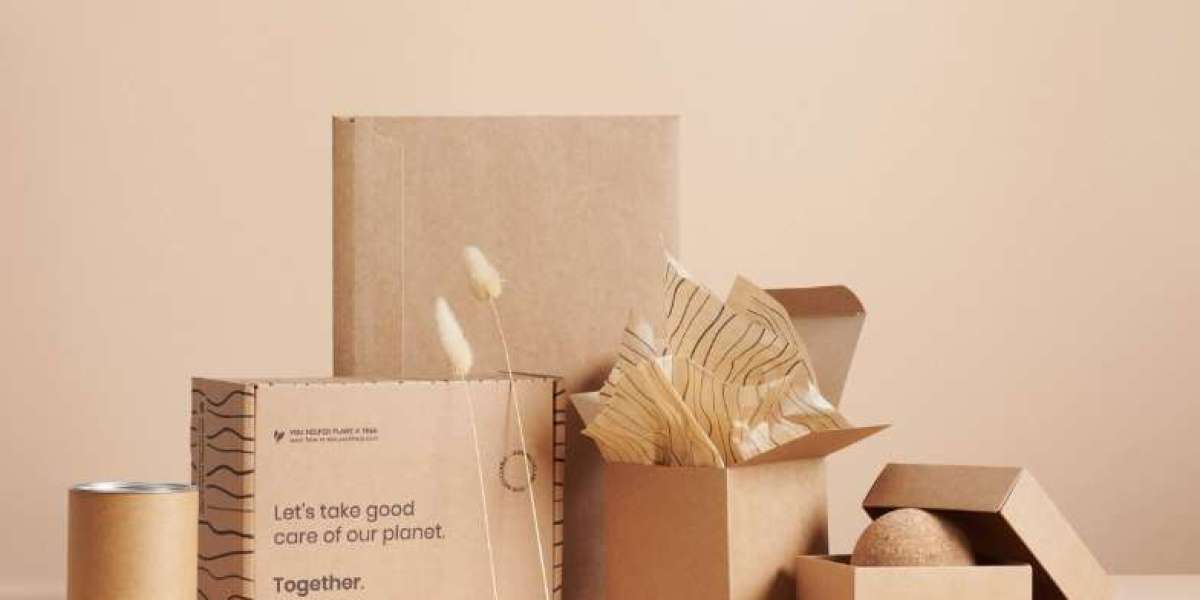With climate change and pollution becoming increasingly urgent issues, more and more businesses are looking to adopt eco-friendly practices. One area where businesses can make a positive environmental impact is through the use of sustainable packaging materials and methods. This guide will provide an overview of eco-friendly packaging options, considerations, and best practices for businesses.

Key Points
- What is eco-friendly packaging?
- Identifying recyclable materials
- Most and least recyclable plastics
- Most eco-friendly packaging materials
- Benefits and drawbacks of common materials
- Eco-friendly packaging practices
What is Eco-Friendly Packaging?
Eco-friendly or sustainable packaging refers to packaging materials and methods that are recyclable, biodegradable, and made from renewable resources. The goal is to reduce the environmental impact of packaging by minimizing waste, plastic pollution, and carbon emissions from manufacturing and transportation.
Recyclable packaging like recycled cardboard can be reprocessed into new materials instead of ending up in landfills. Biodegradable materials like cornstarch peanuts break down naturally over time. Renewable materials like wood wool come from fast-growing sources like bamboo rather than finite resources like petroleum.
Identifying Recyclable Materials
When choosing eco-friendly packaging, look for recycled content and recycling codes like the chasing arrows symbol. This indicates the type of plastic or material and whether it can be recycled. Some common codes include:
- Plastic #1 (PETE) and #2 (HDPE) - Commonly accepted for recycling
- Plastic #4 (LDPE) - Not often recycled
- Plastic #5 (PP) - Widely recycled, used for yogurt cups
- Plastic #7 - Broad category, not necessarily recyclable
- Green Dot - Producer participates in recovery programs
- Metal cans, glass bottles, cardboard - Commonly recycled
You can also look for eco-friendly certifications like the Forest Stewardship Council (FSC) for paper products or BPI Certified for compostable plastics. Additionally, choose minimal and lightweight packaging to reduce waste.
Most and Least Recyclable Plastics
Not all plastics are created equal when it comes to recyclability. Plastics like PET (#1) and HDPE (#2) are widely accepted by recycling programs. However, other types of plastic are more difficult to recycle. PVC (#3), LDPE (#4), PS (#6), and Other (#7) plastics have low recycling rates. EPS foam is particularly problematic due to its bulky shape.
When possible, avoid PVC, LDPE, PS, EPS, and #7 plastics in packaging materials. Opt for PET, HDPE, and PP (#5) plastics which have high recycling potentials. Or choose plastic alternatives like paper padded mailers and molded pulp containers.
Most Eco-Friendly Packaging Materials
The most eco-friendly packaging materials are:
- Paper and cardboard - Made from renewable resources, widely recycled
- Aluminum - Infinitely recyclable, lightweight
- Glass - Recyclable, inert material
- Bamboo - Fast growing, renewable material
- Organic fabrics - Natural materials like cotton, hemp
- Molded pulp - Made from recycled paper, compostable
It's important to consider the full lifecycle and supply chain of packaging materials. For example, glass is fully recyclable but heavier to transport. Paper uses renewable resources but requires energy and chemical processing. All materials have tradeoffs that factor into their environmental footprint.
Benefits and Drawbacks of Common Materials
Cardboard/Paper:
- + Renewable resource, recyclable, lightweight
- - Requires chemical processing, generates waste if not recycled
Plastic:
- + Lightweight, versatile packaging material
- - Most plastics are not biodegradable or recyclable
Aluminum:
- + Infinitely recyclable, low carbon footprint when recycled
- - Energy intensive to produce from raw materials
Glass:
- + Inert material, infinitely recyclable
- - Heavy to transport, high carbon emissions
Eco-Friendly Packaging Practices
In addition to material selection, businesses can implement sustainable packaging practices like:
- Eliminate unnecessary packaging
- Right-size packaging to reduce materials
- Use recycled and recyclable materials as much as possible
- Opt for minimalist, functional packaging design
- Train staff on sustainability procedures and goals
- Collaborate with eco-conscious suppliers and manufacturers
- Consider product-to-packaging ratio andCube utilization
- Offer take-back programs to reuse packaging
- Switch to reusable pallets and containers
Taking a holistic view of packaging processes allows for significant waste and emissions reductions across supply chains and lifecycles.
Conclusion
Eco-friendly packaging requires carefully weighing factors like recycled content, recyclability, renewability, biodegradability, and overall carbon footprint. With growing environmental awareness among consumers, sustainable packaging can benefit a company's bottom line as well as the planet. By partnering with reputable suppliers and repeatedly evaluating packaging processes, businesses can implement impactful green practices.







